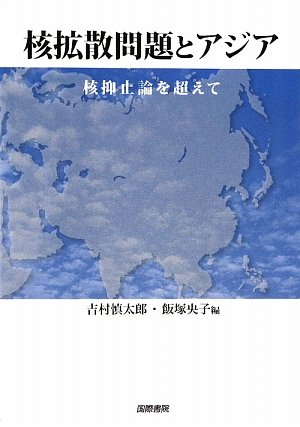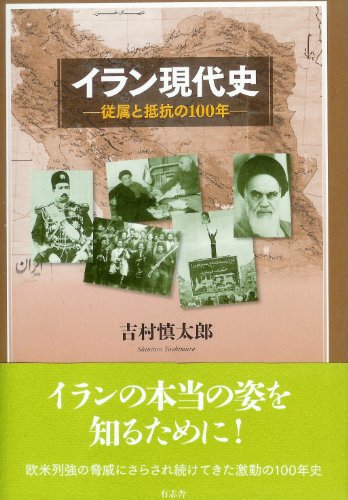5 0 0 0 核拡散問題とアジア : 核抑止論を超えて
- 著者
- 吉村慎太郎 飯塚央子編
- 出版者
- 国際書院
- 巻号頁・発行日
- 2009
2 0 0 0 OA パフラヴィー王政の「脆弱性」なるものの構造分析 : イラン革命の原因論に寄せて
- 著者
- 吉村 慎太郎
- 出版者
- 日本中東学会
- 雑誌
- 日本中東学会年報 (ISSN:09137858)
- 巻号頁・発行日
- vol.2, pp.342-362, 1987-03-31 (Released:2018-03-30)
Diverse analyses have been attempted to explain the causes and characteristics of the 1977-79 Iranian Revolution. Attention is often focused on the Shah's repressive policy accompanied by the failure of rapid modernization in the 1960-70s. The roles of oppositional forces and Shi'i Islam in the struggle of the Pahlavi dictatorship are said to have facilitated the revolutionary mobilization of the masses. Few, however, appreciate the significance of the weaknesses of the Pahlavi dynasty-those historically inherited, and those newly emerging from the regime's efforts to strengthen its own rule. This latter aspect is acquiring a great importance in sociological studies of revolution. This paper will highlight the weaknesses of the Pahlavi dynasty, surveying the modern history of Iran. Several issues pertaining to the historical conditions of the dynasty, such as the vulnerability of its political legitimacy, the survival of an ex-Qajar elite stratum latently hostile to the dynasty, and the dual vertical structure of Iranian society composed of factionalized "traditionalists" and "modernists" will be explored. These points are viewed as historical and indigenous difficulties the dynasty had to confront. Secondly, the paper examines significant changes inside the Shah regime after the riots referred to as "Rehearsing Revolution" of 1963. The alterations to be considered here are the alienation and weakening of some political elites along with a decided failure in organizing landed peasantry as a new social base. Both factors resulted from land reform in the 1960s. Other changes include power concentration in the Shah through a "divide et impera" policy, and excessive dependency upon inclusive aid from the U.S. government. In marked contrast to the opponents gradually strengthened in organizational and ideological development, the Shah regime evidently became paralyzed from inside. According to the above analysis, it can be said that revolutionary government established in February 1979 is not entirely free of the same weaknesses observed in the Pahlavid rule.
1 0 0 0 イラン現代史 : 従属と抵抗の100年
1 0 0 0 現代アジアの女性たち : グローバル化社会を生きる
- 著者
- 福原裕二 吉村慎太郎編 飯塚央子 [ほか] 著
- 出版者
- 新水社
- 巻号頁・発行日
- 2014
- 著者
- 吉村 慎太郎
- 出版者
- 歴史学研究会
- 雑誌
- 歴史学研究 (ISSN:03869237)
- 巻号頁・発行日
- no.738, pp.17-32, 2000-07


